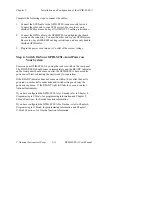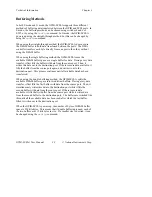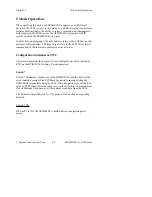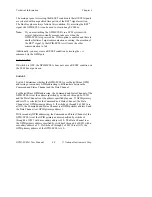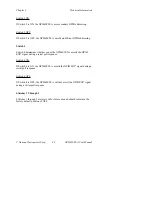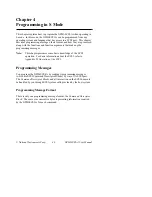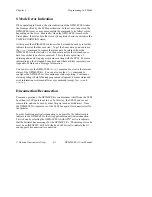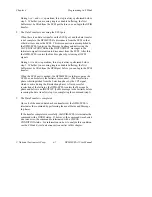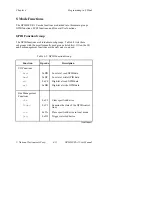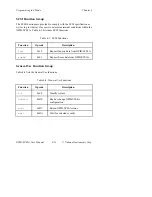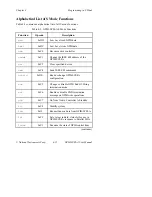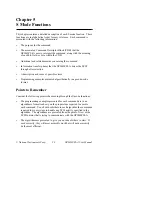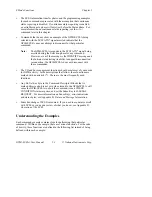
Chapter 4
Programming in S Mode
© National Instruments Corp.
4-3
GPIB-SCSI-A User Manual
GPIB Address
Each device on the GPIB has a GPIB address. The GPIB-SCSI-A's address
at power on is configured with Switches 4 through 8 of Switch SW1 located
on the rear panel and can be changed using the
caddr
function. Together,
the GPIB Primary Address and the optional GPIB Secondary Address fields
of certain Command Descriptor Blocks comprise the GPIB address of the
device that you wish to communicate with. Refer to your GPIB device
documentation to learn the addresses of your GPIB device. You will need
to know these when you begin to program the GPIB-SCSI-A.
Status Information
The function descriptions in Chapter 5, S Mode Functions, explain that the
GPIB-SCSI-A records specific status and error information. This means
that it stores that information in its memory so that the status information is
available to you when you request it.
The function descriptions also explain that the GPIB-SCSI-A returns to you
certain information. This means that the GPIB-SCSI-A sends information
to you over the SCSI port when requested. You then interpret this status in
your application.
GPIB Read and Write Termination Method (END
and EOS)
You must program the GPIB-SCSI-A to talk in order to send data messages
over the GPIB, and to listen in order to receive data messages from the
GPIB.
The IEEE 488 specification defines two methods that GPIB Talkers and
Listeners can use to identify the last byte of data messages—END and EOS.
The two methods permit a Talker to send data messages of any length
without the Listener(s) knowing in advance the number of bytes in the
transmission.
END message
The Talker asserts the End Or Identify (EOI*) signal
while the last data byte is being transmitted. The Listener
stops reading when it detects a data byte accompanied by
EOI.



